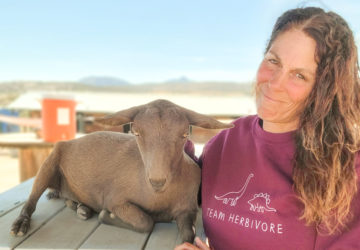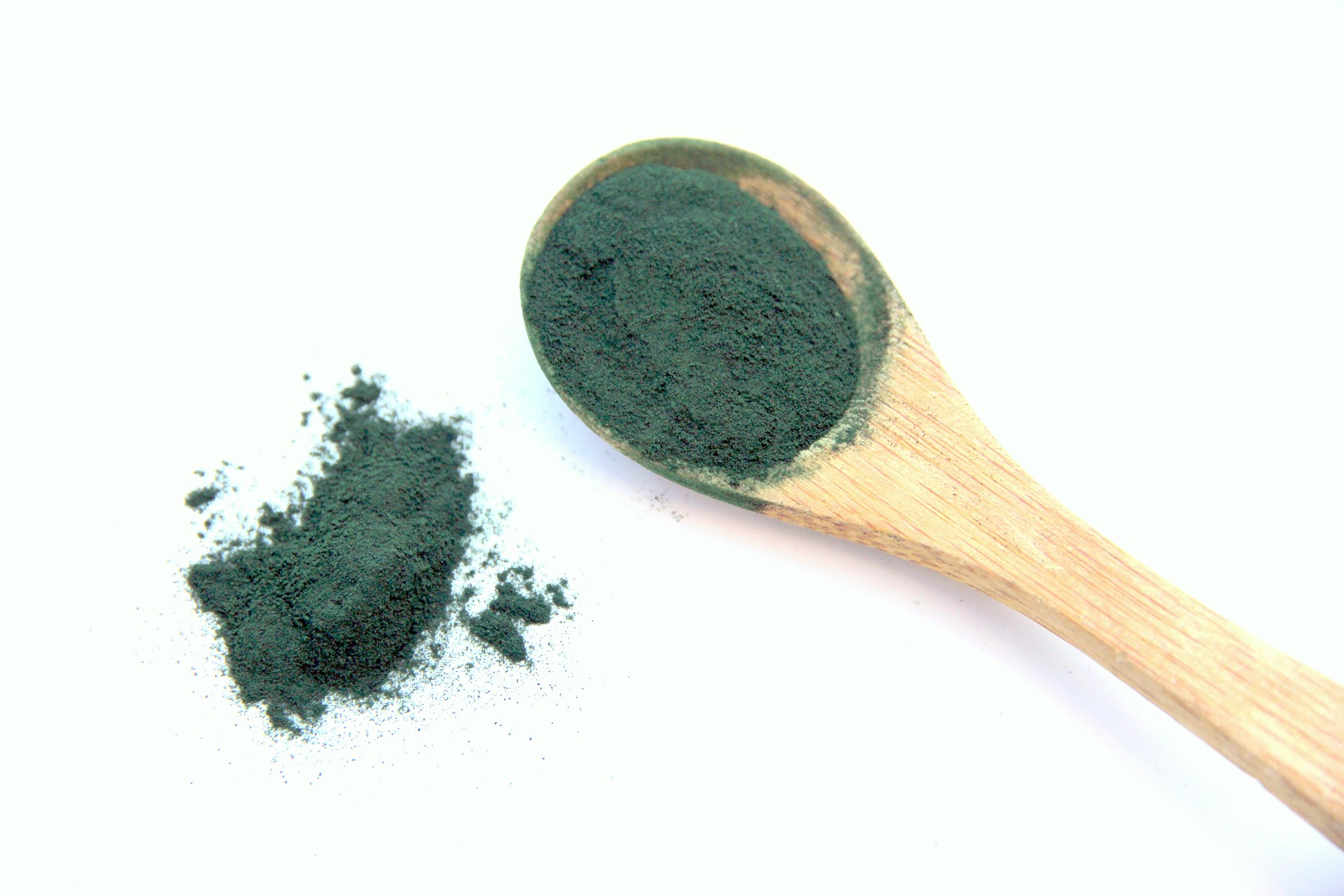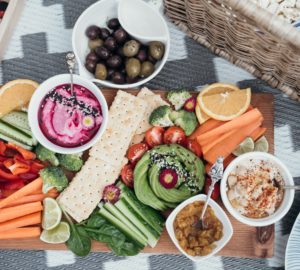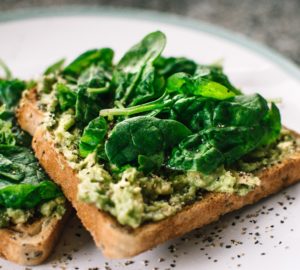Everything you need to know about 10 “weird” vegan ingredients
From one plant-based eater to another, do you ever get questioned by co-workers or friends about what you’re eating? And then realize… you’re really not so sure yourself!?
-“What’s that?” they ask with squinted eyes, gawking at your vegan meal.
-“Jackfruit.”
-“No, I mean, what is it?”
-“Uhh, jackfruit?”
If you can relate, we feel you. It can be easy to eat certain vegan ingredients without knowing exactly what they are. With so many plant-based options popping up and vegan recipes on Instagram, it can be hard to keep track of what’s what.
So, here are some explanations for common wonderful and “weird” vegan ingredients, so you can be empowered to know what you’re eating and why!
10 weird vegan ingredients explained
Spirulina
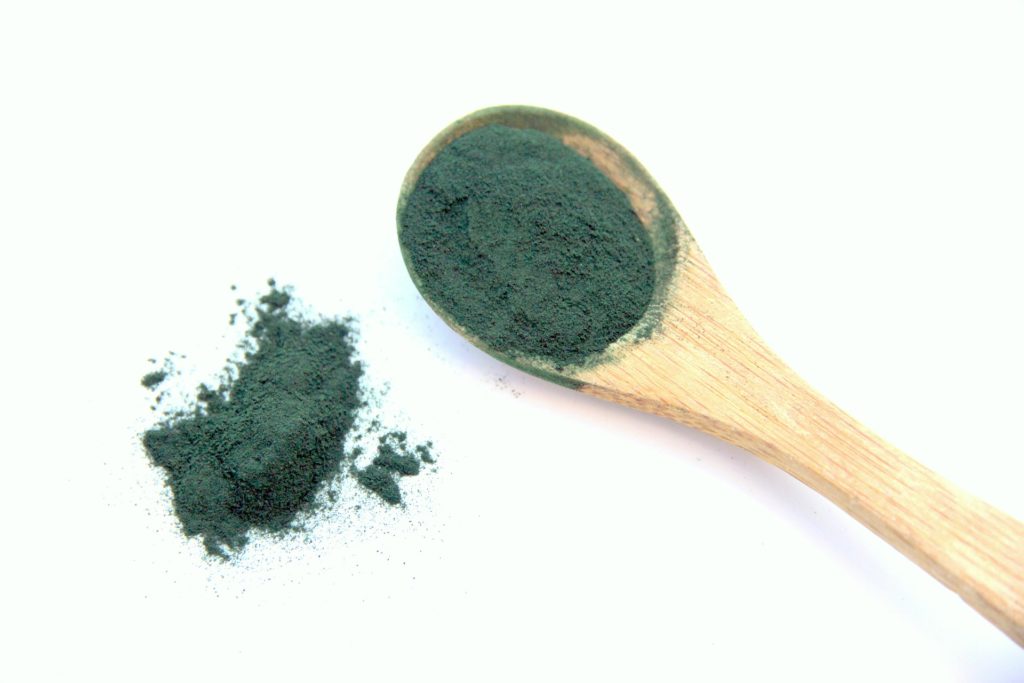
This green, sometimes blue, powder is a type of cyanobacteria (blue-green algae) that is high in beta-carotene, which is great for skin and lung health. It’s also a source of antioxidants, iron, and vitamin B12.
But Spirulina does have a distinct taste, so it is often mixed in smoothies, pestos, and cookies. And it shows wherever it goes… even the smallest of teaspoons will add a green trace.
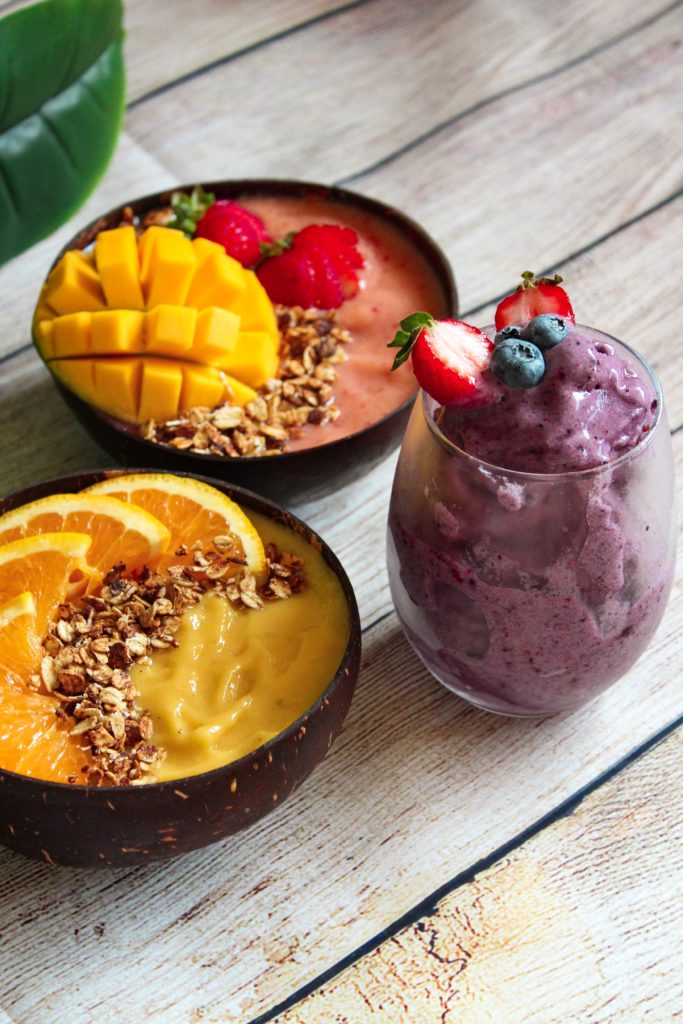
Jackfruit
View this post on InstagramA post shared by MINIMALIST BAKER (@minimalistbaker) on
As the name suggests, Jackfruit is a fruit that’s native to India. But unlike most fruit it has a meaty texture, which makes it a popular (and delicious) replacement for chicken and pulled pork. Hello, jackfruit tacos! It’s also a good source of potassium, vitamin B, and protein.
Fun fact: jackfruit is the largest tree fruit in the world, sometimes reaching up to 100 lbs!
Kombucha
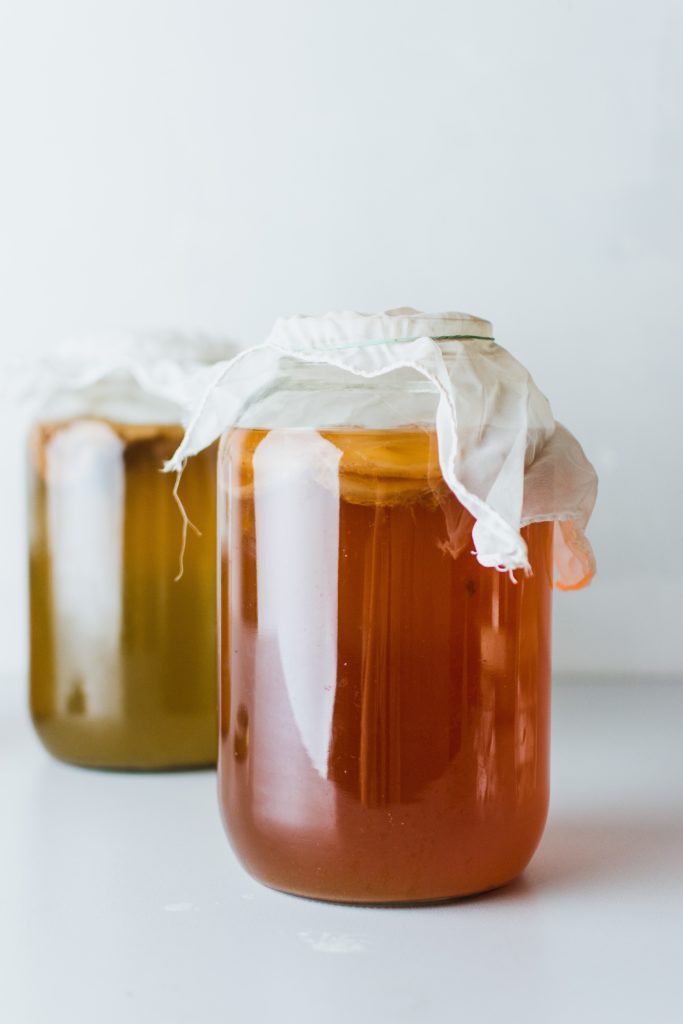
Yeast, sugar, and fermented green and/or black tea come together to create Kombucha — the fizzy, sweet drink we see all over grocery shelves. Kombucha is packed with probiotics and potential benefits like improved gut and heart health. And it does contain a little bit of alcohol, but it’s unlikely you’d feel any buzz.
Cashew cheese
View this post on InstagramA post shared by Cookie and Kate (@cookieandkate) on
While blending almonds to make almond butter makes sense, blending cashews to make cheese can be harder to comprehend. But as it is, cashew cheese is typically made using cashews, nutritional yeast, garlic, salt, and lemon juice. Crazy but cool!
It’s simple and loaded with Vitamin B, calcium, and magnesium. Cashew mac and cheese anyone?
Nutritional Yeast
View this post on InstagramA post shared by Bob's Red Mill (@bobsredmill) on
Nutritional Yeast, aka “nooch,” is a deactivated yeast that comes in a flaky or powdery form. Unlike yeast used for baking or brewing, nutritional yeast is heated to a point that makes it useless for leavening but totally useful for adding flavor and cheesy creaminess to pretty much everything from pasta dishes to roasted veggies.
Not to mention it’s great for a boost of vitamins, minerals, fiber, antioxidants, and protein. However, if you’re gluten-intolerant or sensitive to yeast, you may want to reconsider using the ingredient and talk to a doc first.
Miso
Miso is typically made from fermented soybeans and comes in a thick paste. It can be helpful with digestion and act as a good source of protein. But it is very salty and flavorful, so a little goes a long way.
While you’ve likely heard of miso soup, the savory and salty flavor can be added to all sorts of dressings and dishes like this miso tofu bowl.
View this post on InstagramA post shared by Lazy Cat Kitchen (@lazycatkitchen) on
Seitan
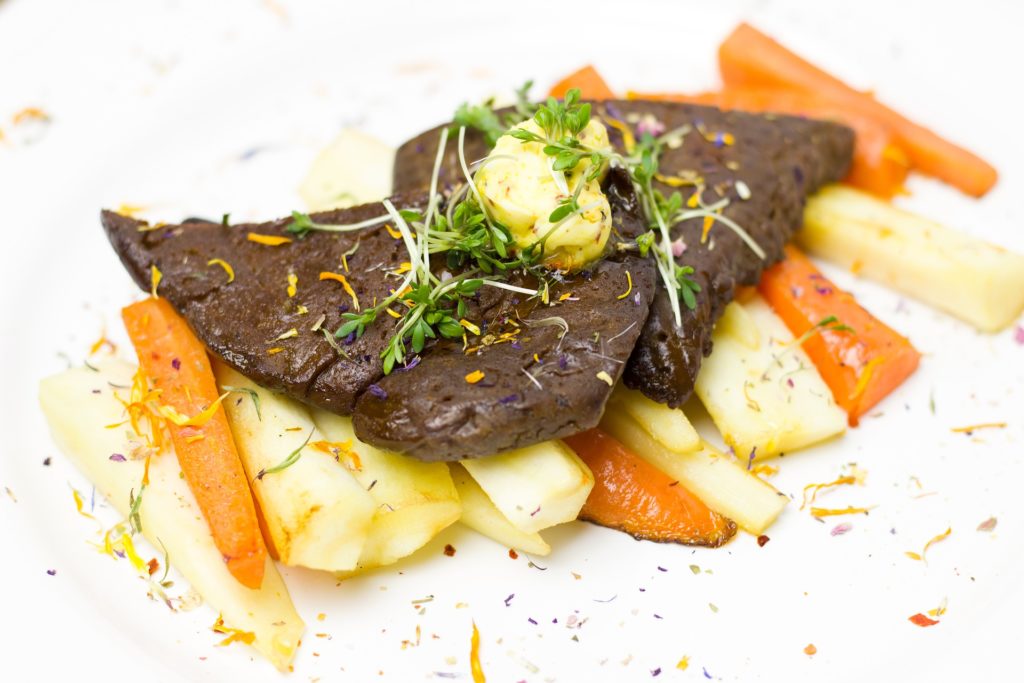
Seitan is made from cooked wheat gluten, which is the main protein in wheat. It’s high in protein with a consistency of meat (check out this recipe for vegan lemongrass beef banh mi to see what we mean) and not a super distinct flavor, making it a versatile option for lots of different dishes.
Plus it’s relatively low in fat and carbs.
View this post on InstagramA post shared by Lisa Le 🌈 {she/her} 🇨🇦 (@thevietvegan) on
Tempeh
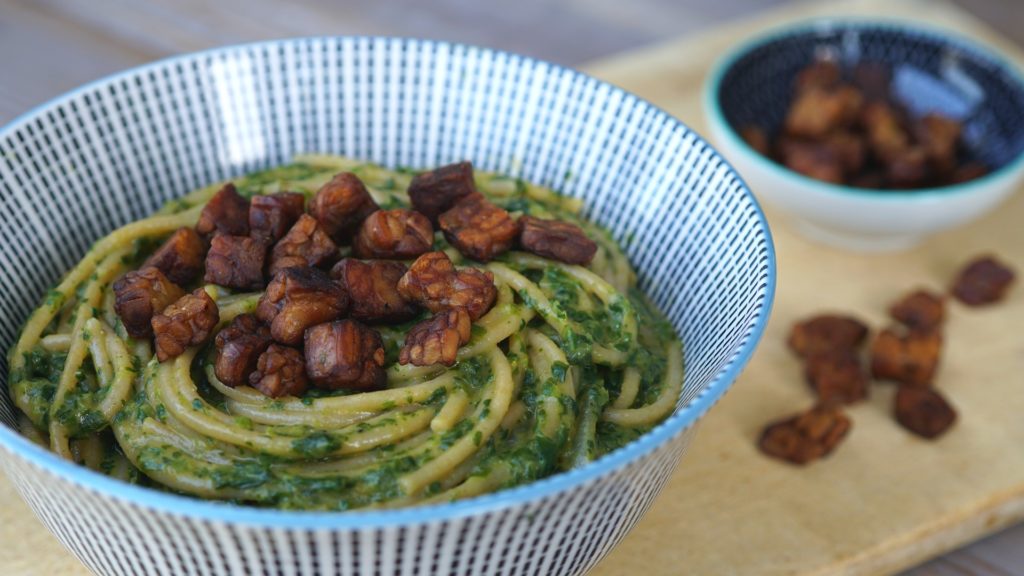
Tempeh is one of the more popular meat-swaps that’s traditionally made from fermented soybeans in banana leaves. It’s loaded with vitamins and nutrients, and the nutty-ish flavor combined with a chewy texture makes it ideal for sandwiches (like this dreamy vegan BLT) and sprinkled on salads.
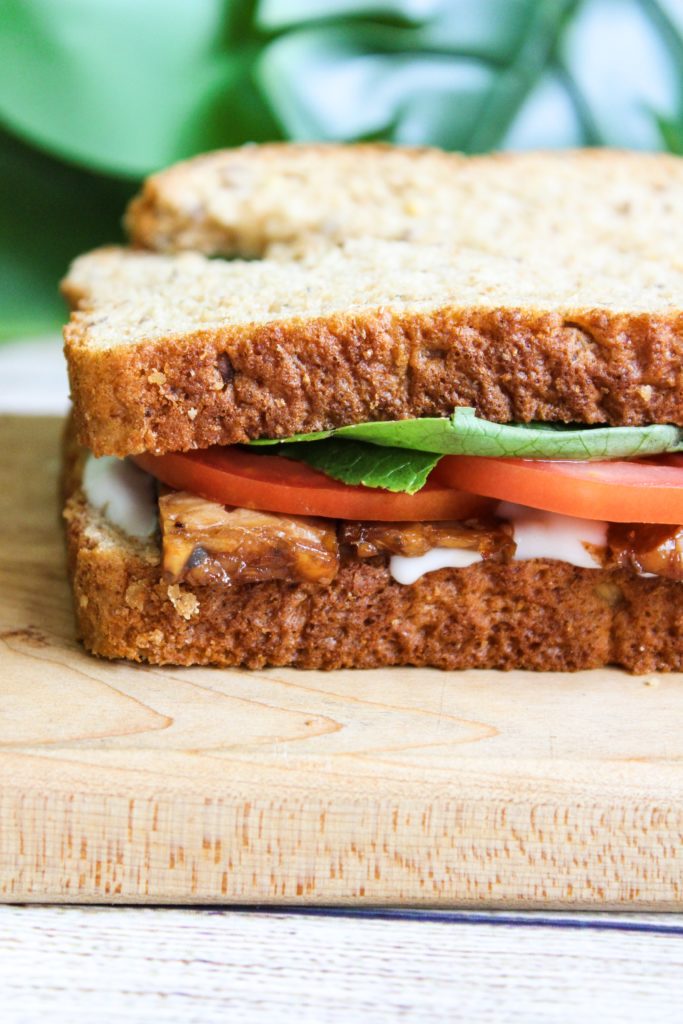
Flax Eggs
Flax seeds mixed with water creates a little something called flax eggs. While they have a similar feel to eggs, they’re not full of flavor. So, flax eggs are a great tip to keep in your pocket when veganizing recipes, especially when baking.
Xanthan Gum
One of the harder to pronounce ingredients, Xanthan Gum ( “zan-thuhn”) is a flavorless fermented sugar made from vegetables and mixed with bacteria. It’s often used to thicken and bind ingredients — particularly in baked goods, dressings, sauces, and vegan ice creams. And it’s sometimes even used in certain medicines and makeup products.
While the product is completely vegan, if it weirds you out to eat something that’s hard to say or you just don’t have it stocked in your kitchen, two good substitutes are cornstarch and chia seeds.
Want more tips for eating vegan? Check out these posts!
- How to grocery shop when you eat plant-based
- Follow these tips and you’ll never get bored of veggies
- Follow these five tips for the ultimate vegan vacation
- How to get all the plant-based macronutrients you need
- How to eat vegan and get every vitamin and nutrient you need



